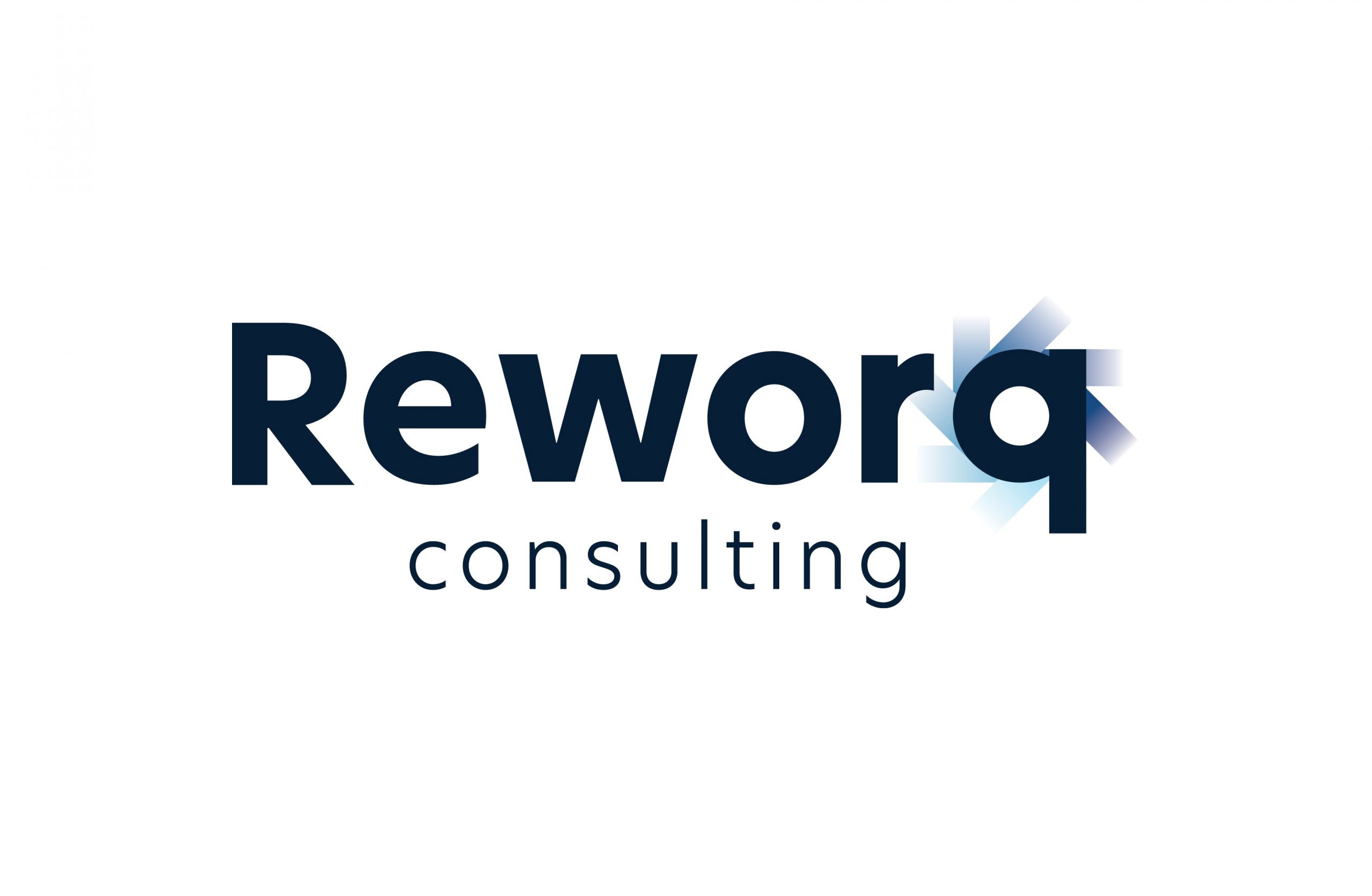It is an interesting but valid question for many organisations – Would you keep enduring with non-functioning systems and outdated processes, or make a simple (but robust) decision to implement a Change Management Process that works?
Change is a necessity for business survival. The current business environment is continually evolving but not knowing the future outcome of change can prevent organisations from reaching their full potential. Whilst frightening, this phase of uncertainty and unfamiliar territory is but one the main factors why obsolete processes can impede an organisation’s efficiency, and at the expense of transitional growth.
It is a widespread problem facing many organisations today. A distinct lack of knowledge, experience, skillset, and key resources in executing a structured Change Management Process will impede organisations from delivering their change program. Change Management streamlines the change process for success.
What is the Change Management Process?
The Change Management Process is a systematic approach to managing the transition or transformation to an organisation’s goals, processes, or technologies. The purpose is to implement strategies for effecting change, controlling change, and helping your people to adapt to change.
Simply put, a Change Management Process is the project plan used by the Change Management Team that is tasked with creating an organisational change. It outlines the sequence of steps, tasks, and milestones that must be followed between the organisation’s current state and the designated path to successful completion of the change.
The Change Management Process will be entirely different for every organisation and the same as strategy, vision, and purpose – helping to create the Change Management Process that works best for your organisation.
5 Steps in the Change Management Process

The Change Management Process ensures that change is implemented in a methodological approach to deliver a successful project. It is important to understand the outlined steps in context and action what is a five-step (5) process:
1. Prepare for change
In the Preparation Phase, the focus is on helping employees recognise and understand the need for change. The Change Management Team will raise awareness of the various challenges that the organisation is facing which are acting as “forces of change” and generating dissatisfaction within the current operations.
Effective Change Management commences by acknowledging that firstly change is necessary and understanding that cultural preparation for change must take place first. Whether it is a change in your organisation’s response to an external factor or an internal decision that has been decided, consideration must be given to where your organisation is currently heading; and rather than focusing on the desired outcome of the change initiative.
Change is initiated to improve a product, a process, a function, technology, or to achieve a certain outcome. But you would be surprised how often organisations fail to clarify exactly what the goals of the Change Management Process is before the initiative starts. A huge mistake that can derail the entire project before it has even started!
By having a clear scope, a plan, and a defined set of goals you allow people to focus on what they must do and for them to achieve success. Establishing the scope outline also involves identifying the types of resources and individuals that will help drive the change. Gaining this initial buy-in from employees who will assist with implementing the change can remove friction and resistance, as the project progresses.
Measure your approach with a clear understanding of the end goal
With understanding the need for organisational change, simply consider some few pertinent points and analyse the information gathered, including:
- Take considerable time to consider the complexities of your current issue – do not just jump right into a solution based solely on what you currently know.
- Ensure your initial discussions cover multiple points of view and constructive feedback provided from industry experts (consultants) and a broad variety of people across the organisation – colleagues, key stakeholders, Managers, and even your Executive Management Team.
- Think about the impact that the change initiative will have on the organisation’s operations, stakeholders, teams, employees, stakeholders, customers, and vendors.
- Put the situation in perspective by reviewing and identifying how change relates to current social changes, technological advancements, industry standards, market conditions, competitor analysis, and environmental impact.
2. Planning for change
In the Planning Phase, the Change Management Team will develop a realistic and detailed-orientated Change Management Plan for implementing the change. This plan will identify who will be responsible for each project task, stages, milestones, and the timeline for the change.
The details of the Change Management Plan should focus on addressing the following areas:
Set goals
- What is the ideal outcome of the proposed change?
- What is the main goal?
- Are there multiple goals?
Identify Key Performance Indicators (KPI’s)
- How can we establish a baseline for where the current item stands?
- What metrics need to be aligned?
- How will you assess your progress?
- How will you measure your success?
- How can we introduce technology (e.g., Business Intelligence platform) to provide visibility, reporting, and Dashboard capabilities across the organisation?
Identify process champions
- Who will oversee the change implementation?
- Will the Change Management Team only implement this proposed change?
- What other resources (including process champions) can help with the implementation?
- What project tasks (once identified and accepted) are to be delegated to each specific person (or teams) involved?
- Does the Executive Sponsor or someone else need to sign off (YES!) upon the completion of each critical project stage?
Determine project scope
- What is the scope of this change project?
- What are the steps (and milestones) in the change project?
- What falls outside the project scope?
- What if there is any resistance encountered?
- How will the Resistance Management Plan avert the course of action required?
- What does the Training Plan look like?
Estimate resources and costs ($)
- What is the time duration to complete this change project?
- What is the number of resources (and skillset) required as part of this change process?
- What are the budget costings requirements and elements?
- Where is the project funding coming from?
- Who approves the final costings?
Communication throughout this stage is critically important to ensure a unified understanding of the process – from the Change Management Team responsible for defining the Change Management Plan, and then to the Executive Management Team, Managers, key stakeholders, and employees across the entire organisation.
3. Implementing the change
In the Implementation Phase, it is time to set the plan in motion and implement the required change. Whether that involves changes to the organisation’s structure, strategy, systems, processes, employee behaviours, or other aspects will depend on the specifics of the initiative.
The Change Management Team will collaborate with employees to ensure that they feel seen, heard, and empowered, but also, they are willing to learn about the change, adopt new methods, and continue to support the plan following implementation. Not only can this mitigate longer-term failure, but it can also help maintain “buy-in” as employees see their needs addressed (and integrated) when milestones are completed.
Prioritise Employee Engagement
During the implementation process, Change Managers must be focused on the necessary steps to achieve the goals of the initiative and need to anticipate roadblocks (and prevent, remove, or mitigate). The communication of the organisation’s vision is critical throughout the implementation process to remind team members why change is being pursued.
An important part of employee engagement is recognising that employees are interested in learning about (and taking on) new challenges. Despite the resentment and stress usually associated with change, new challenges can present a change of pace and interest within the organisation.
4. Monitoring the change
In the Monitoring Phase, the Change Management Team will monitor the change following the completion of a change initiative. Change Managers need to work particularly hard to ensure that the change is embedded throughout the organisation at every level, including processes, workflows, role descriptions (if applicable) and, as well as the organisation’s culture and strategy.
Change Managers must prevent any reversion back to the prior state. This is particularly important for organisational change related to processes, workflows, culture, and strategy. Without an adequate Change Management Plan and clear communication, employees may revert to their “old ways”, particularly during this transitory period. By embedding changes within the organisation’s culture and practices, it becomes more difficult for this to occur.
5. Evaluating the change outcome
In the Evaluation Phase, the Change Management Team will assess how the change initiative was implemented and whether it was successful (or not), or mixed results. The essential steps in Change Management are to review results, gather feedback from employee’s opinions, and identify the learnings for the change initiative. The following steps need to be determined:
- Conduct an analysis and review to identify if any areas need improvement.
- Determine if any corrective actions are required and prioritised.
- Check if there are any further recommendations for changes.
- Undertake remedial action to complete additional ‘out of scope’ items.
- Initiate a Post Implementation Review (PIR) to provide valuable insights that can be leveraged in future change efforts.
Summary
Change may be extremely challenging for any organisation, but an effective Change Management Process makes it more accessible to change and evolve. To remain competitive in the current business environment, organisations must adjust priorities, adopt new processes, and pivot more frequently than ever before.
Simply, the key to success is to strengthen a corporate culture that embraces change. A deeper commitment to drive (and accept) change must permeate throughout all levels of the organisation. Today, the people’s perspective of Change Management is one of the most critical elements as your employees or human resources do not like change and so are inherently resistant. Therefore, an organisation needs to involve people early in the change process and allow employees to effectively understand (and commit) to the change initiative.
Need some guidance on your next steps? Let’s start a conversation…



